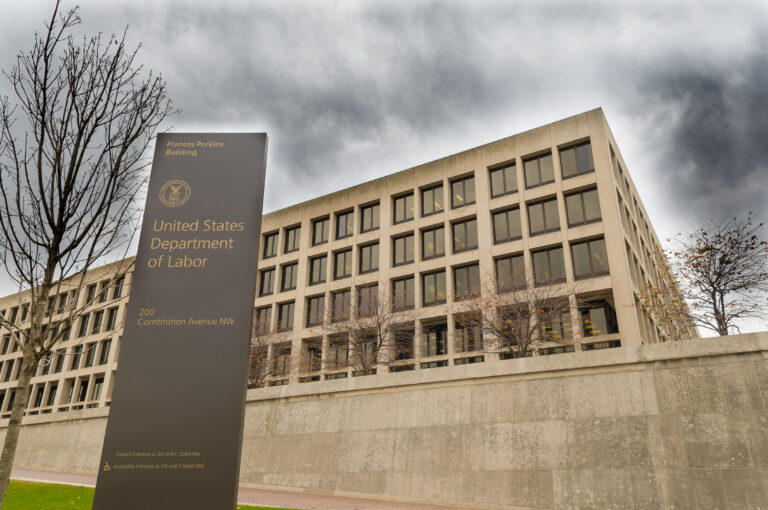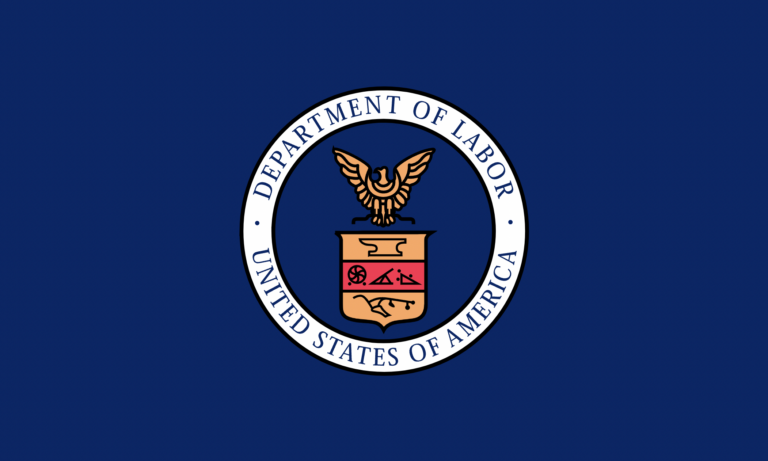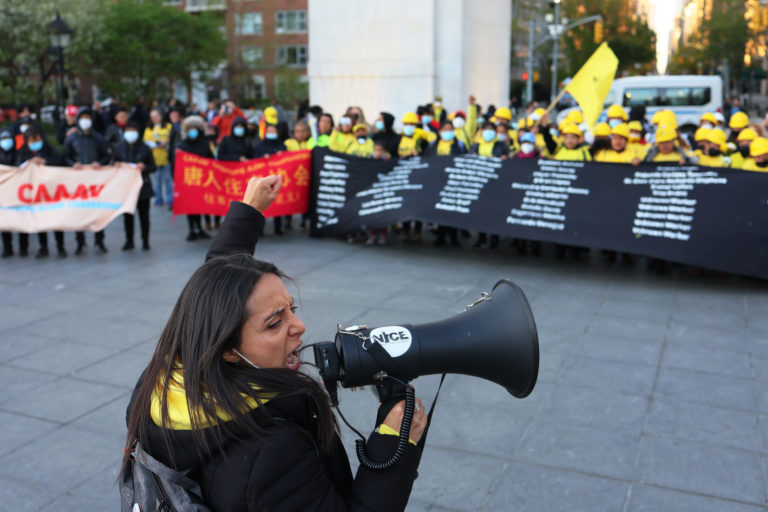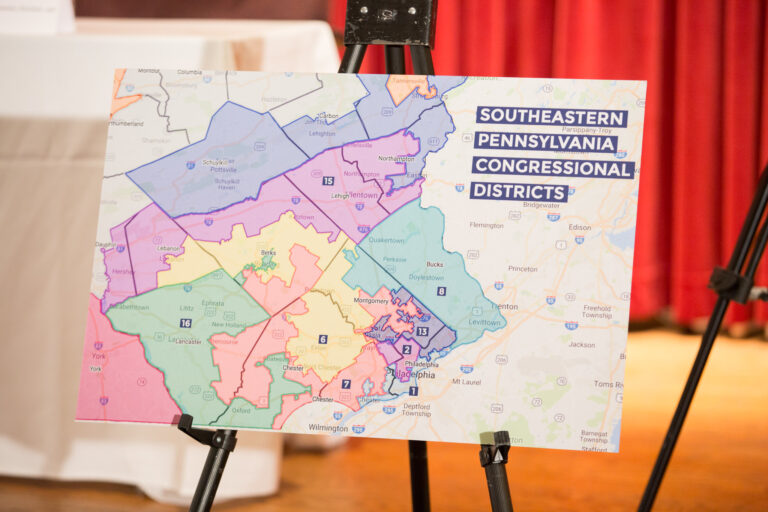Alisha Jarwala is a student at Harvard Law School and a member of the Labor and Employment Lab.
Following the Supreme Court’s decision in Epic Systems Corp v. Lewis, which upheld employer use of class and collective action waivers, plaintiffs’ lawyers have turned to filing hundreds or thousands of simultaneous individual arbitrations against employers. This strategy can pressure companies to change arbitration policies or to settle claims, because large numbers of individual arbitrations are expensive and time consuming.
Predictably, companies have tried to get out of responding to individual arbitrations. In a recent case, DoorDash called the individual arbitration strategy a “shakedown scheme,” leading a district court judge to call out the glaring hypocrisy of a company refusing to let workers consolidate their claims in a single mass arbitration and refusing to respond to multiple individual arbitrations.
However, the success of the simultaneous individual arbitration strategy depends on advocates putting together a list of the individuals they can represent in these arbitration proceedings. Two recent circuit court decisions on “collective action notice” requirements could put this strategy in jeopardy.
What is Collective Action Notice?
In 1989, the Supreme Court held in Hoffmann-La Roche v. Sperling that district courts have “discretion, in appropriate cases” to “facilitat[e] notice to potential plaintiffs” that a collective action under the Fair Labor Standards Act (FLSA) has been filed.
In practice, this holding means that district courts have the ability to procure a list of names of relevant employees from a defendant, which it can then give to plaintiffs to contact for participation in a collective action for wage and hour claims. The Supreme Court reasoned that this process ensured “efficient resolution . . . of common issues” and allowed employees to get “timely and accurate notice” of a case. It would be difficult for plaintiffs to proceed with collective actions without court involvement—employees might be aware of some FLSA violations, but there may not be a way to make a comprehensive list without getting the data from the employer.
Advocates currently using the mass individual arbitration strategy for FLSA claims have used the same strategy as attorneys filing collective actions: filing a case and relying on Hoffmann-La Roche to get a list of relevant employees to contact. Employees who are bound by arbitration agreements can become part of a mass individual arbitration strategy. However, a new question has emerged in the arbitration era: can a district court authorize notice to employees who are unable to join a collective action because they signed arbitration agreements?
The Fifth Circuit: In re J.P. Morgan Chase & Co
In 2019, the Fifth Circuit Court of Appeals was the first circuit court to consider this issue. In J.P. Morgan Chase & Co, an employee alleged that Chase had failed to pay her overtime wages in violation of FLSA. A district court conditionally certified the case as a collective action and required that 42,000 current and former employees be notified of the litigation. Chase responded that 85% of those employees had signed arbitration agreements waiving their rights to collective action, and thus should not be notified at all. The district court still required Chase to provide contact information for all employees.
On appeal, the Fifth Circuit held that district courts cannot require an employer to provide contact information for employees are bound by arbitration agreements. The court acknowledged that Hoffmann-La Roche did not address the issue, but emphasized that if the point of collective action notice is promoting efficiency, notifying employees bound by arbitration agreements does not meet that purpose because it “reaches into disputes beyond the ‘one proceeding’” in front of the court. Even if the FLSA claim and the employer are the same, the presence of an arbitration agreement is enough for the Fifth Circuit to view employees as having separate disputes. Finally, Chase also established that an employer has the burden of proving by a preponderance of the evidence that an employee is covered by a valid arbitration agreement.
The Seventh Circuit: Bigger v. Facebook
The Seventh Circuit was faced with a similar issue this February. In Bigger v. Facebook, the plaintiff alleged that she had been misclassified and was owed overtime under FLSA. The Seventh Circuit considered whether the district court had to notify employees potentially covered by arbitration agreements. The court agreed with the Fifth Circuit, holding that a district court cannot authorize notice to employees bound by arbitration. The court also established a two-step process for lower courts to apply. When a defendant opposes issuing notice to parties, a court may issue notice unless:
- no plaintiff contests the existence or validity of the alleged arbitration agreements, or
- after the court allows discovery on the alleged agreements’ existence and validity, the defendant establishes by a preponderance of the evidence the existence of a valid arbitration agreement for each employee it seeks to exclude from receiving notice.
Plaintiffs were denied en banc review.
Implications
Previously, district courts have taken a variety of positions on this issue, with some noting that prohibiting notice to certain employees means assessing the validity of an arbitration agreement too early in litigation. For example, the Bigger district court allowed notice to employees who have been subject to arbitration agreements, emphasizing that the validity of an arbitration agreement is a substantive issue that should come up after a FLSA class is conditionally certified. The court also pointed out that FLSA only requires a “modest factual showing” that employees have been victims of a policy that violates wage and hour law for a case to commence.
However, if courts now start to follow the circuit court decisions in Bigger and Chase, advocates trying to bring mass individual arbitrations will have to use alternative strategies to compile lists of affected parties. They could turn to grassroots efforts to find employees or pay for advertising (such as through targeted ads on social media). Both of these options are expensive, and a possible consequence is that the mass individual arbitration strategy becomes limited to larger plaintiffs’ firms and organizations that have the resources to invest upfront. However, there may be ways to reduce costs in other parts of the individual arbitration process—the New York Times recently profiled FairShake, a startup using an automated process to file arbitrations for individuals who qualify.
It’s also possible this issue will make its way to the Supreme Court—questions remain about the feasibility of the Seventh Circuit’s test, which requires employers to disclose substantial information early on to prove the validity of an arbitration agreement. Ultimately, the Supreme Court’s recent decisions favoring arbitration make it unlikely to deviate from that path here, and advocates should be developing alternative strategies now to acquire employee contact information for mass individual arbitrations.










Daily News & Commentary
Start your day with our roundup of the latest labor developments. See all
December 18
New Jersey adopts disparate impact rules; Teamsters oppose railroad merger; court pauses more shutdown layoffs.
December 17
The TSA suspends a labor union representing 47,000 officers for a second time; the Trump administration seeks to recruit over 1,000 artificial intelligence experts to the federal workforce; and the New York Times reports on the tumultuous changes that U.S. labor relations has seen over the past year.
December 16
Second Circuit affirms dismissal of former collegiate athletes’ antitrust suit; UPS will invest $120 million in truck-unloading robots; Sharon Block argues there are reasons for optimism about labor’s future.
December 15
Advocating a private right of action for the NLRA, 11th Circuit criticizes McDonnell Douglas, Congress considers amending WARN Act.
December 12
OH vetoes bill weakening child labor protections; UT repeals public-sector bargaining ban; SCOTUS takes up case on post-arbitration award jurisdiction
December 11
House forces a vote on the “Protect America’s Workforce Act;” arguments on Trump’s executive order nullifying collective bargaining rights; and Penn State file a petition to form a union.